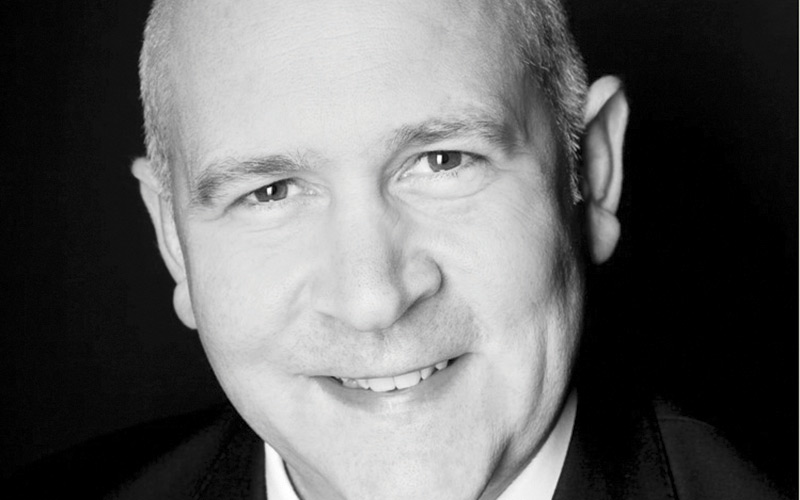From the Chief Executive: July 2018
In this edition of Energy Focus we take a look at how the world is transitioning to a low-carbon future and what the consequences may be for the energy industries

Future energy scenarios are coming thick and fast, and while they offer contrasting opinions on whether or not we’ll be able to meet the climate change targets we’ve set ourselves, one thing is sure – the world will rely on a diverse energy mix for some time to come.
So, what does our energy future look like? While it’s impossible to predict completely and views vary, one of the best authorities on the matter is EIC member company DNV GL, a world-leading independent provider of technical advisory services with an equal standing in both oil and gas and renewables.
Graham Bennett, Vice President, UK and West Africa, DNV GL – Oil and Gas, provides an excellent outlook to 2050, predicting that by then oil and gas, while down from current levels, will still account for 44% of the world’s energy supply. The stage is set for gas to become the largest single source of energy, playing a key role alongside renewables while adding much needed flexibility to power systems.
Today’s oil and gas companies are faced with continuously falling renewables costs and expanding market share, along with increased emissions legislation. Our specially commissioned article explores the challenges and opportunities a lower carbon future presents, as well as the pathways being taken by some companies as they navigate this new energy landscape.
Talking of oil and gas companies, they don’t come any bigger than BP. The British supermajor was way ahead of the game when it launched its Beyond Petroleum campaign during Lord Browne’s leadership, and while a lot of the initiatives launched have since been shelved, its understanding of the way the world was moving was spot on. Its wind and biofuel portfolios – among the largest of the big players – date back to that time, making it one of the first majors to invest in these areas.
We were lucky enough to catch up with BP’s Vice President of Group Strategic Planning Dominic Emery, who talked about some of the lessons the company learnt from the Beyond Petroleum campaign, how it aims to keep its operational emissions at zero net growth to 2025, and its plans to invest US$200m to foster new low-carbon businesses. The view from the top interview with Dominic is a frank and open conversation about how BP is making its own energy transition and what it thinks the world needs to do to hit emissions targets.
For all the projected energy scenarios, name changes and portfolio restructuring, is a decarbonised world possible? And if so, how do we manage to meet the world’s energy needs sustainably?
Another commissioned article explores the different routes to a decarbonised world, making the case for the role gas will play – as well as how hydrogen could be a key ingredient, possibly managing to decarbonise our heating systems where it seems all other technologies have failed.
One essential technology will be carbon capture and storage (CCS), which is very much back on the agenda in the UK. We take a look at some of the exciting projects taking place around the country and look at how CCS could produce a low-carbon UK economy worth billions of pounds, employing hundreds of thousands of people – talk about a win-win.
Another technology vital to the UK’s efforts to hit its climate change targets is nuclear. And an exciting time to be in the industry it is too, with the government signalling its backing of the industry having recently unveiled its £200m sector deal and entering into talks to take a big chunk of the Wylfa project.
However, there are challenges ahead. Nuclear new build has to get its costs down if it’s going to be competitive in the new world energy order. Professor Andrew Sherry, Chief Scientist, National Nuclear Laboratory, explains how cross industry collaboration will be vital to achieve this.
Of course, our roadmaps for a decarbonised planet are all well and good, but the real world has a way of altering the best laid plans. Brexit and its removal of the UK from the Euratom treaty is a case in point. CEO of the Nuclear Industry Association, Tom Greatrex, provides an update on the government’s implementation of its Euratom strategy and what needs to happen next to ensure business as usual.
While it’s clear that we are undergoing an energy transition with complex challenges and far from certain outcomes, it’s also become apparent that the only way the world will hit its emissions targets is if all sectors of the energy industry work in partnership. Imagine what we can achieve together – now that is an exciting outlook.
Stuart Broadley
EIC CEO stuart.broadley@the-eic.com






Follow us
Advertise
Free e-Newsletter